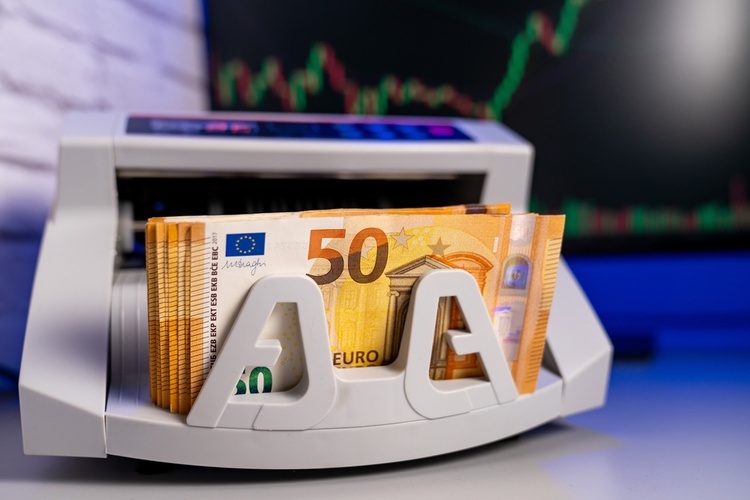Video Games: How Virtual Items Drive Value
Video games have evolved from single-player cartridges to sprawling digital ecosystems where in-game items carry real value. Across genres, players collect cosmetics, tradeables, and collectibles that shape identity, strategy, and even secondary markets. Understanding game skins, virtual assets, and how trading works helps players and creators navigate this modern gaming landscape.

What are game skins and why do they matter?
Game skins are cosmetic alterations to characters, weapons, or equipment that change appearance without affecting gameplay balance. They matter because they let players express individuality and status within a community. Skins are often released in themed sets, seasonal drops, or as rewards, and their scarcity or visual appeal drives demand. For developers, skins provide a recurring revenue stream through direct sales, battle passes, or loot systems, enabling continued content updates without altering core mechanics.
How does gaming influence virtual economies?
Modern gaming supports complex virtual economies that mirror real-world market behaviors. Players earn, buy, or craft items, which can be used, showcased, or exchanged. Supply and demand, rarity, and utility determine perceived value inside these ecosystems. Gaming economies can incentivize engagement—rare drops or limited-time events increase activity—while also posing design challenges such as inflation, hoarding, or imbalance. Responsible economy design includes measures to maintain fairness and protect new players while still rewarding long-term engagement.
What is a digital marketplace for in-game items?
A digital marketplace is a platform—either built into a game or run by a third party—where virtual assets are listed, bought, and sold. These marketplaces enable price discovery: users set listings, bid, or accept offers, and transaction histories establish market trends. Built-in marketplaces often allow direct purchases with in-game or platform currency, while external marketplaces may interface with payment processors. Clear policies, buyer protections, and transparent fee structures are integral to a healthy marketplace, helping reduce fraud and ensuring transactions reflect true value.
How are virtual assets defined and protected?
Virtual assets include cosmetics, consumables, character skins, virtual land, and any digital item with in-game utility or aesthetic value. Ownership models vary: some games grant perpetual access to purchased items, while others license assets with limitations tied to accounts. Protection mechanisms include account authentication, trade holds, and anti-fraud systems. As virtual assets gain importance, game studios increasingly outline terms of service to define transferability and rights. Players should review these terms to understand what ownership means in each game’s context.
How does trading of in-game items work across platforms?
Trading can be direct player-to-player swaps, auction-style sales, or marketplace listings. Platforms may allow secure trades within the game client, adding safeguards like escrow or mutual confirmation to prevent scams. Cross-platform or cross-game trading is less common and depends on developer policies and technical integrations. Trading communities often form around social hubs where reputation and verification matter—trusted sellers and trade histories reduce risk. Developers also balance trading systems to avoid exploitative economies, using limits or item binding to maintain gameplay integrity.
Conclusion
The intersection of video games and virtual items has created vibrant, layered systems where aesthetics, utility, and commerce intersect. Game skins and virtual assets enrich player identity and engagement, while digital marketplaces and trading mechanisms provide liquidity and social interaction. As these ecosystems mature, understanding how assets are defined, protected, and exchanged helps players make informed choices and contributes to healthier gaming environments.





